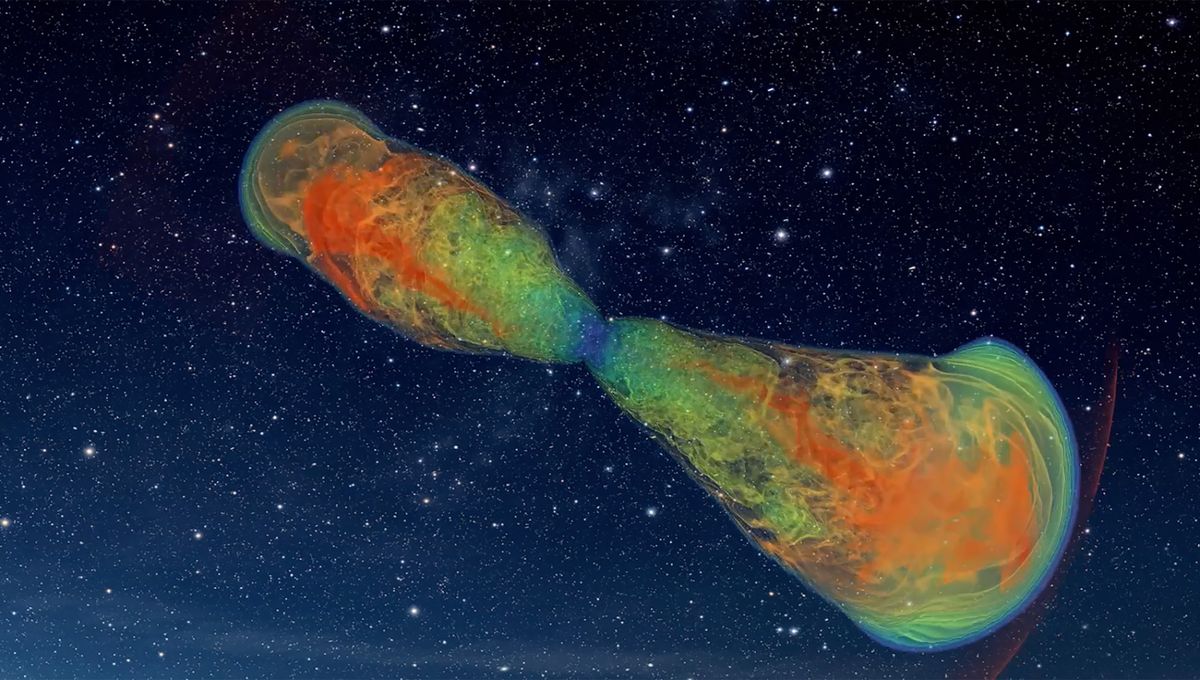
The four gravitational wave observatories that are working around the world have so far discovered these particular signals only from binary systems: the collisions of two extremely dense objects, such as neutron stars, or black holes. But singular bodies also emit gravitational waves, and now researchers think that one particular class of objects has waves that should be detectable.
The objects in question are clouds of material around massive stars that turn into black holes. As the stars age toward their final destination, they release their outer layers. As the stars die in a supernova, the energy shakes the surrounding material, turning it into a cocoon of turbulent energetic debris. State-of-the-art simulations show that these cocoons do emit gravitational waves and they do so in frequencies that are detectable by the LIGO detectors, the biggest of all the observatories.
“As of today, LIGO has only detected gravitational waves from binary systems, but one day it will detect the first non-binary source of gravitational waves,” lead author Ore Gottlieb, from Northwestern University, said in a statement. “Cocoons are one of the first places we should look to for this type of source.”
The simulation did not set out to demonstrate the cocoons as a source. The detectors are only sensitive to sources that are not symmetrical, so supernova explosions cannot get picked up. Researchers thought that when a star becomes a black hole and starts eating material, this might create detectable gravitational waves. But the simulation showed an even bigger source.
“When I calculated the gravitational waves from the vicinity of the black hole, I found another source disrupting my calculations – the cocoon,” Gottlieb said. “I tried to ignore it. But I found it was impossible to ignore. Then I realized the cocoon was an interesting gravitational wave source.”
As stars become black holes they can release energetic jets. These jets hit the material surrounding the star, released as it aged. The jet becomes cocooned in this energetic material, and like a drill bit going through a wall, the material is spun around. The spins generate gravitational waves. Now, the researchers are keen to have their simulation put to the experimental test.
“Our study is a call to action to the community to look at cocoons as a source of gravitational waves,” said Gottlieb. “We also know cocoons to emit electromagnetic radiation, so they could be multi-messenger events. By studying them, we could learn more about what happens in the innermost part of stars, the properties of jets and their prevalence in stellar explosions.”
The study was presented at the 242nd meeting of the American Astronomical Society.
Source Link: Cocoons Of Dying Stars May Also Emit Detectable Gravitational Waves